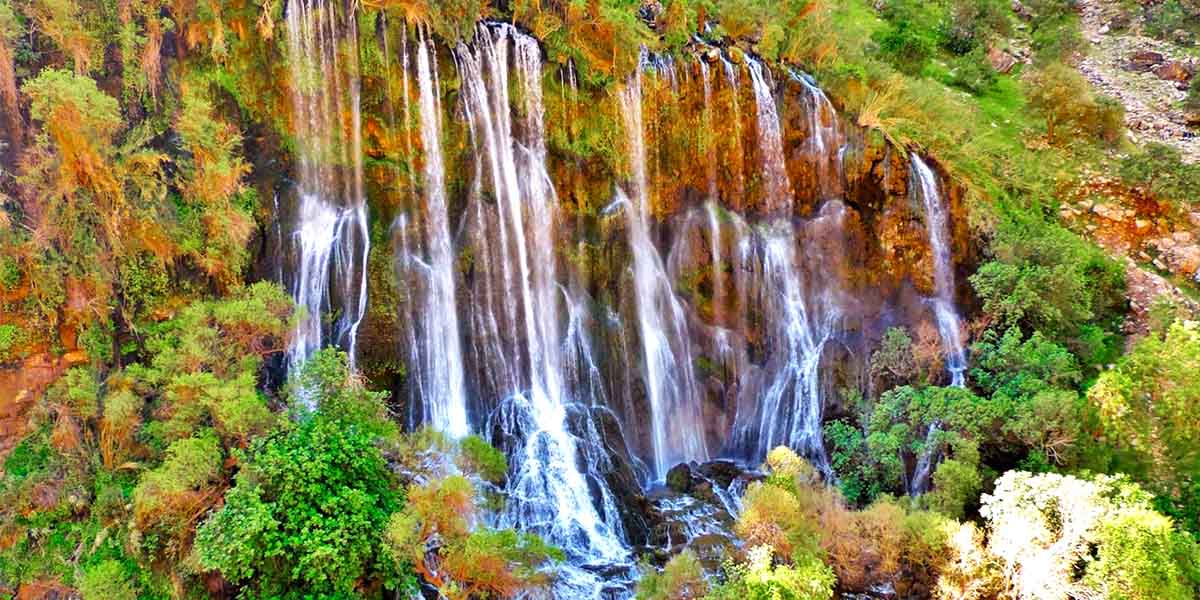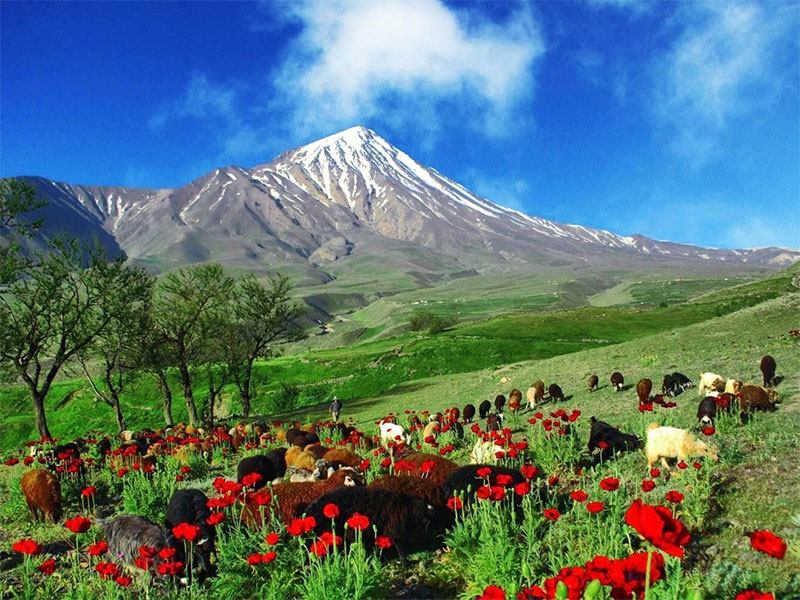A Technical Definition of Environment
In a technical context, the term “environment” refers to the combination of external physical, biological, and socio-economic factors that surround and interact with a given system or organism. It encompasses the natural and human-made surroundings, including the atmosphere, land, water bodies, living organisms, climate, and various natural resources.
The environment can be studied from multiple perspectives, such as ecology, environmental science, or environmental engineering, each focusing on different aspects. Ecology examines the interrelationships between organisms and their environment, while environmental science investigates the impact of human activities on the environment and seeks to understand and address environmental issues. Environmental engineering aims to design and implement solutions to minimize or mitigate adverse impacts on the environment and promote sustainability.
From a technical standpoint, the environment can be further categorized into various components, including the physical environment (such as air, water, and soil), the biotic environment (consisting of plants, animals, and microorganisms), and the socio-economic environment (encompassing human activities, societies, economies, and their interaction with the natural world).
Understanding and managing the environment is crucial for sustainable development, conservation of natural resources, and addressing global challenges such as climate change, biodiversity loss, pollution, and habitat destruction.
The relationship between Tourism Development and Environmental Issues
The relationship between tourism development and the environment is complex and multifaceted. While tourism can bring economic benefits and contribute to local development, it can also have significant impacts on the natural and socio-cultural environment. The key aspects of this relationship can be summarized as follows:
Positive Economic Benefits: Tourism development can stimulate economic growth, create employment opportunities, and generate revenue for local communities. It can promote infrastructure development, investments, and diversification of the local economy.
Environmental Impacts: Tourism can have both direct and indirect impacts on the environment. Direct impacts include land degradation, habitat destruction, pollution (air, water, and noise), waste generation, and the consumption of natural resources. Indirect impacts may arise from increased energy consumption, transportation infrastructure development, and the construction of tourism facilities.
Biodiversity Conservation: Tourism can contribute to the conservation and preservation of natural habitats and biodiversity. Protected areas and national parks often rely on tourism revenue to support their conservation efforts. Well-managed tourism can raise awareness about environmental issues, promote conservation practices, and support the protection of ecosystems and wildlife.
Sustainable Tourism Practices: Adopting sustainable tourism practices is essential to minimize the negative environmental impacts of tourism development. This includes promoting responsible tourism, reducing resource consumption, managing waste properly, protecting sensitive ecosystems, and involving local communities in decision-making processes.
Socio-cultural Impacts: Tourism can affect local communities, their cultures, and social structures. It can bring cultural exchange, increase awareness of local traditions, and foster community development. However, it can also lead to cultural commodification, loss of authenticity, social disruptions, and inequality if not managed carefully.
Carrying Capacity and Over-tourism: The concept of carrying capacity is crucial in tourism development. It refers to the maximum number of visitors an area can sustain without causing significant environmental degradation or compromising visitor experiences. Over-tourism occurs when the number of tourists exceeds the carrying capacity, leading to overcrowding, congestion, strain on infrastructure, and negative environmental and socio-cultural impacts.
To ensure a positive relationship between tourism development and the environment, it is important to adopt sustainable tourism practices, engage local communities in decision-making, conduct environmental impact assessments, enforce regulations and standards, promote conservation efforts, and strike a balance between economic benefits and environmental preservation.
Sustainable Development of Tourism
Sustainable development of tourism refers to an approach that aims to maximize the positive economic, social, and environmental impacts of tourism while minimizing its negative effects. It involves the responsible management of tourism resources to ensure long-term benefits for local communities, the environment, and future generations. Key principles and practices associated with sustainable tourism development include:
Environmental Conservation: Sustainable tourism development focuses on minimizing the environmental impacts of tourism activities. This involves protecting natural habitats, conserving biodiversity, reducing pollution, managing waste effectively, and promoting resource efficiency. It also includes mitigating the effects of climate change and adopting renewable energy sources.
Community Involvement and Benefits: Sustainable tourism prioritizes the involvement and empowerment of local communities. It aims to create opportunities for local participation, ownership, and economic benefits. This can be achieved through community-based tourism initiatives, capacity building, local employment, fair trade practices, and fostering cultural preservation and pride.
Cultural Preservation and Respect: Sustainable tourism respects and values the cultural heritage and traditions of host communities. It seeks to preserve and promote local cultures, traditions, and languages, encouraging tourists to engage respectfully with the local community and their way of life. Cultural sensitivity, education, and the preservation of tangible and intangible heritage are essential aspects of sustainable tourism.
Economic Viability: Sustainable tourism development aims to generate economic benefits that are equitable, inclusive, and contribute to local development. It involves creating employment opportunities, supporting local businesses, encouraging fair trade practices, and minimizing leakage of tourism revenues to external sources. Economic viability ensures that tourism activities are financially sustainable in the long run.
Visitor Education and Awareness: Sustainable tourism emphasizes visitor education and awareness to promote responsible and respectful travel behavior. This includes educating tourists about local customs and traditions, environmental conservation, and the importance of sustainable practices. By raising awareness, tourists can make informed choices and actively contribute to the sustainability of the destination.
Planning and Management: Effective planning and management are critical for sustainable tourism development. This involves comprehensive destination planning, carrying capacity assessments, zoning, and regulation enforcement. Collaboration between government bodies, tourism stakeholders, local communities, and non-governmental organizations is essential for effective destination management.
Monitoring and Evaluation: Regular monitoring and evaluation help assess the effectiveness of sustainable tourism practices and identify areas for improvement. It involves tracking environmental indicators, socio-cultural impacts, and economic performance. Feedback from local communities, tourists, and other stakeholders can inform decision-making and ensure continuous improvement.
By adopting these principles and practices, sustainable tourism development seeks to strike a balance between economic growth, environmental protection, and social well-being. It aims to create tourism experiences that are enjoyable for visitors while preserving the integrity and vitality of the destination.
IRAN and Sustainable Tourism
Iran has been increasingly focusing on sustainable tourism as a means to promote economic growth, protect its natural and cultural heritage, and enhance community development. The country boasts diverse landscapes, rich historical sites, and a vibrant culture that offer significant potential for sustainable tourism. Several initiatives and practices have been implemented to support sustainable tourism development in Iran:
Environmental Conservation: Iran recognizes the importance of preserving its natural ecosystems. Efforts have been made to establish and manage national parks, protected areas, and biosphere reserves, such as Golestan National Park and the UNESCO-listed Hyrcanian forests. These areas aim to conserve biodiversity, promote eco-tourism, and engage local communities in conservation efforts.
Cultural Preservation: Iran is renowned for its rich cultural heritage and historical sites, including ancient cities, UNESCO World Heritage sites, and traditional villages. The preservation and promotion of these cultural assets are central to sustainable tourism in Iran. Efforts are made to safeguard cultural heritage, maintain traditional architecture, and revive local arts and crafts.
Community Involvement: Iran has recognized the significance of community engagement and participation in sustainable tourism. Initiatives have been implemented to involve local communities in tourism planning, development, and decision-making processes. Community-based tourism projects are being developed, offering opportunities for local communities to benefit from tourism and showcase their traditions and way of life.
Infrastructure and Services: Iran has been investing in infrastructure development and improving tourism services to enhance visitor experiences while considering sustainability. This includes upgrading transportation systems, accommodations, and facilities to meet international standards. Investments in sustainable energy and waste management systems are also being made.
Responsible Tourism Practices: Efforts are being made to promote responsible and ethical tourism practices in Iran. This involves raising awareness among tourists about cultural sensitivities, environmental conservation, and sustainable behavior. Initiatives focus on educating visitors about local customs, encouraging respectful interactions, and promoting environmentally friendly practices.
Tourism Marketing and Promotion: Iran has been actively promoting its tourism offerings through international marketing campaigns, participation in travel fairs, and digital platforms. Emphasis is placed on highlighting sustainable aspects of the country, such as eco-tourism opportunities, cultural experiences, and responsible travel options.
Government Support and Policies: The Iranian government has implemented policies and regulations to support sustainable tourism development. This includes creating incentives for eco-friendly tourism investments, establishing guidelines for sustainable tourism practices, and strengthening coordination between relevant government agencies.
While progress has been made, there are still challenges to overcome in fully realizing the potential of sustainable tourism in Iran. These challenges include ensuring effective implementation of sustainable practices, addressing infrastructure gaps, promoting private sector involvement, and balancing tourism growth with the preservation of natural and cultural assets.
Overall, Iran’s commitment to sustainable tourism is evident through its efforts to protect the environment, preserve cultural heritage, involve local communities, and promote responsible tourism practices. By continuing to prioritize sustainability, Iran can position itself as an attractive and responsible tourism destination while safeguarding its unique natural and cultural treasures.




